
Basic_Electrical_Engineering_4th_edition
.pdf
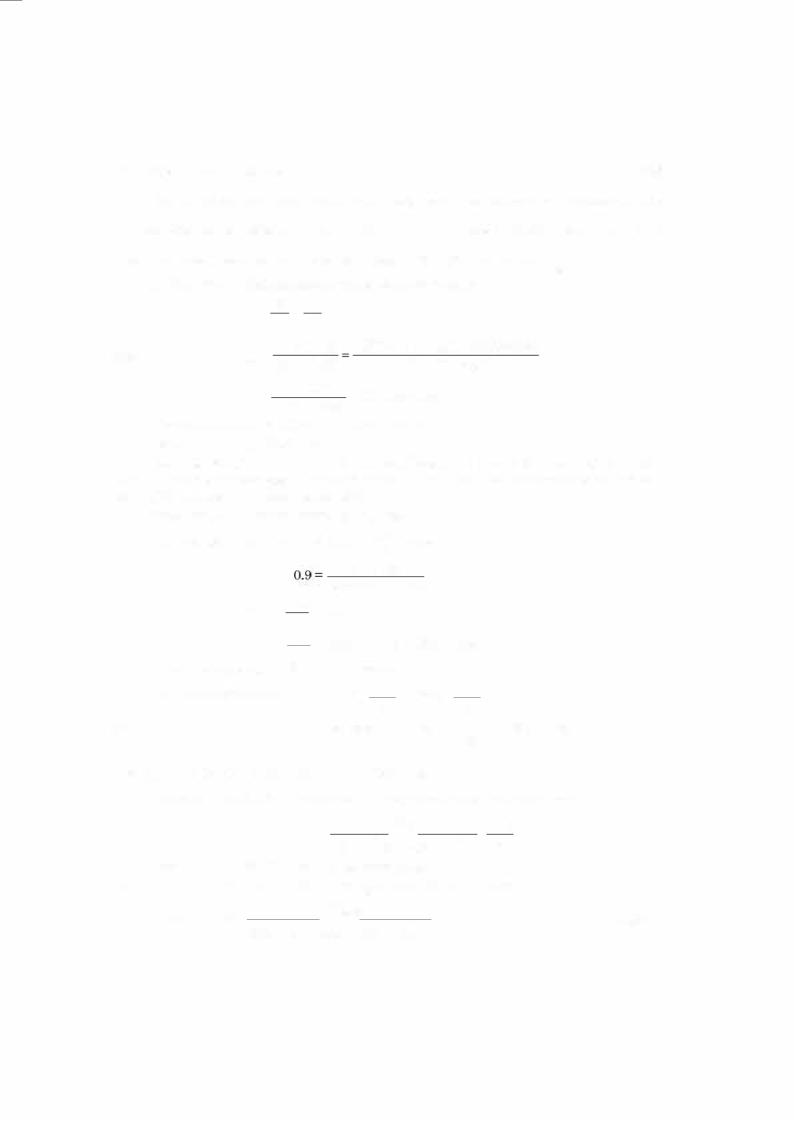
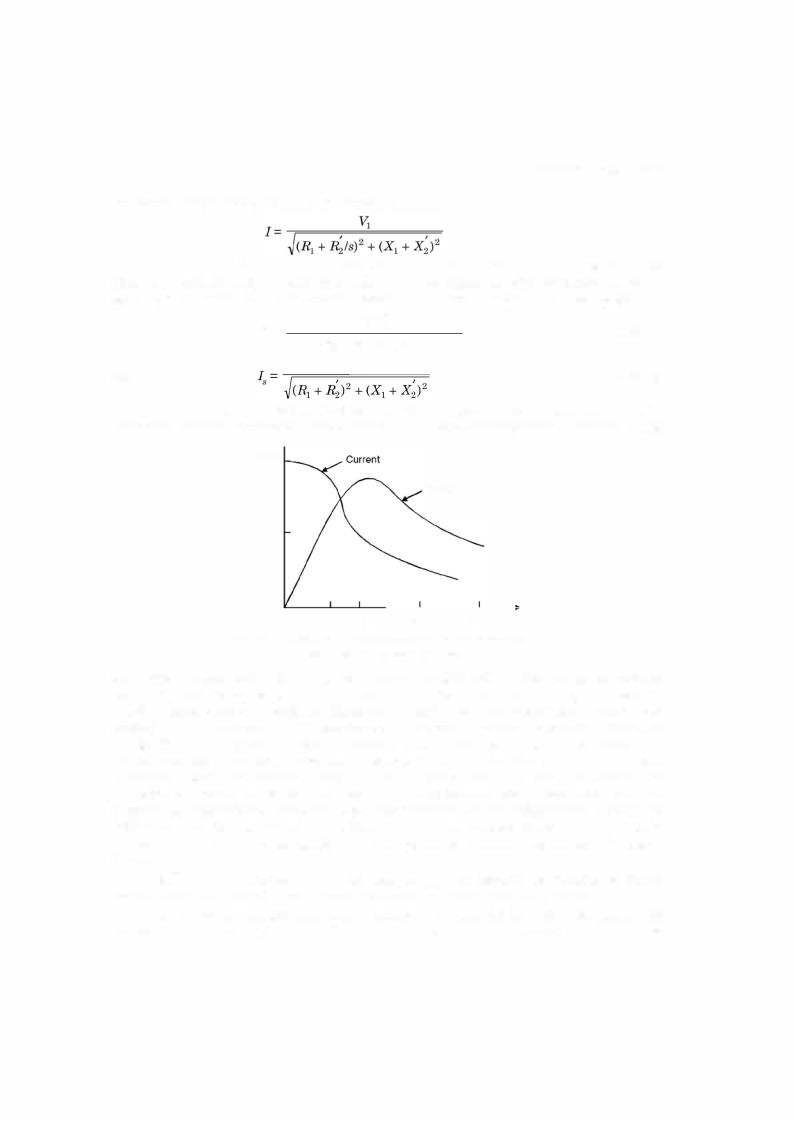

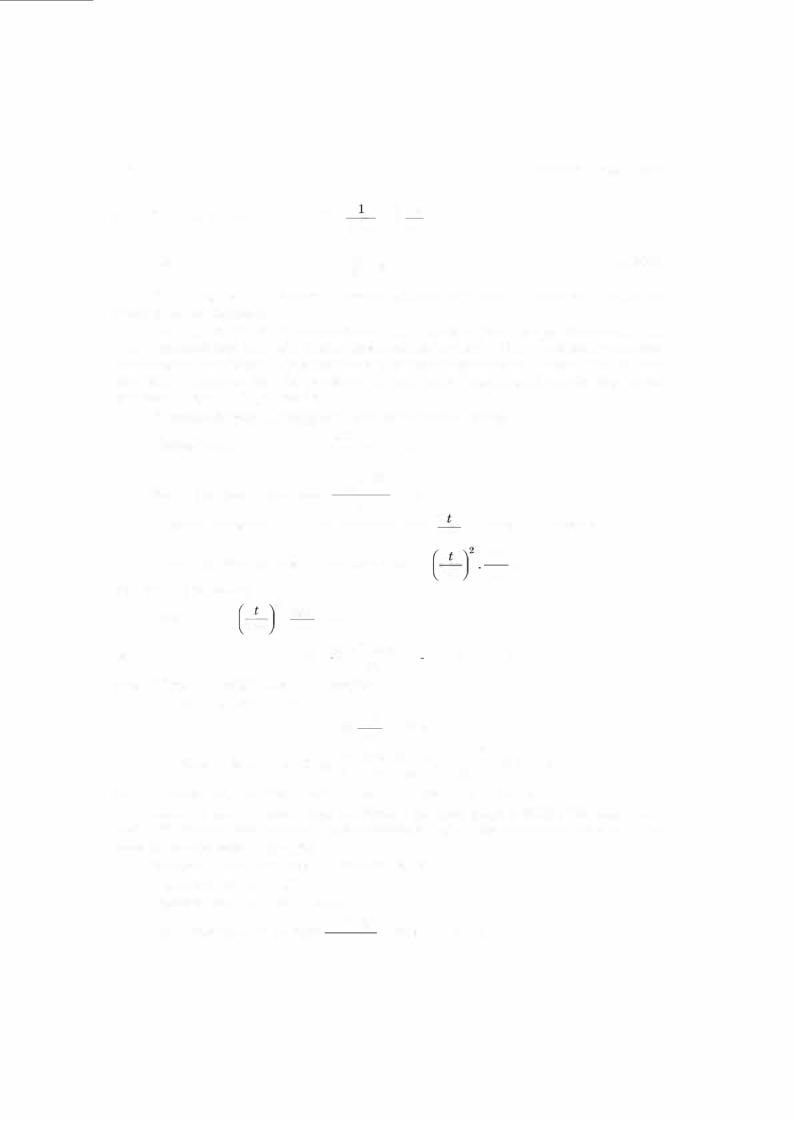
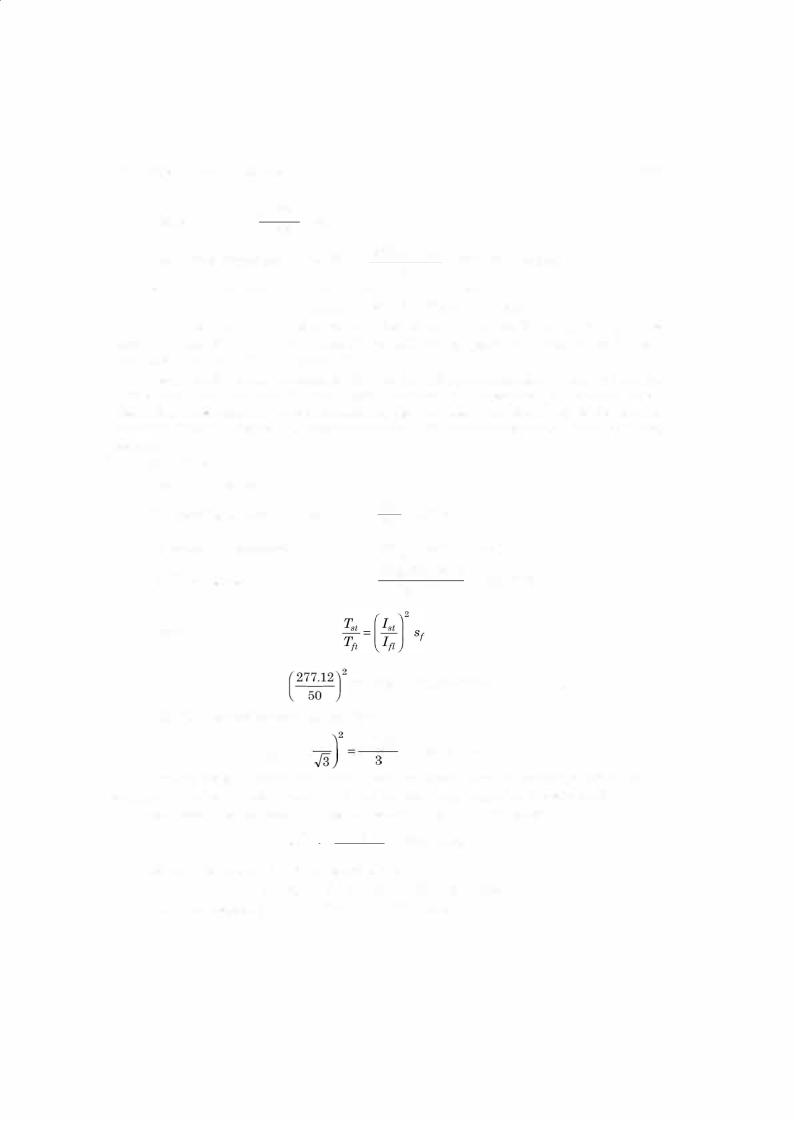

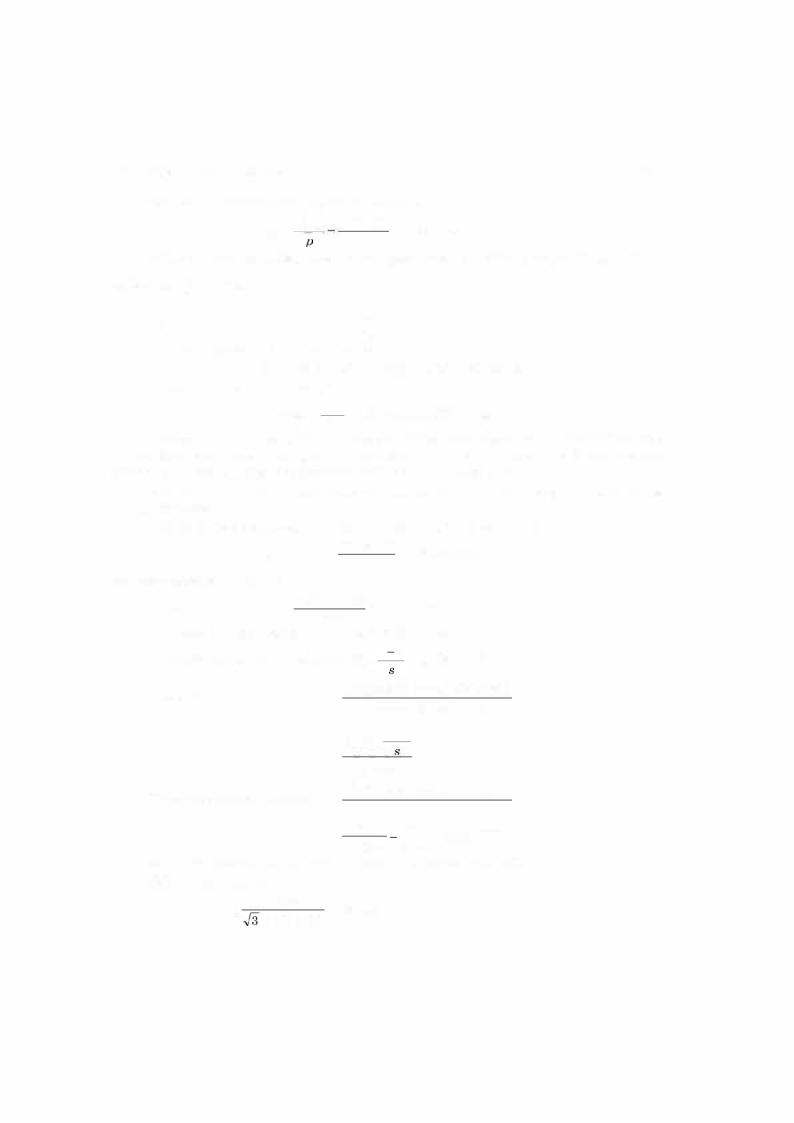
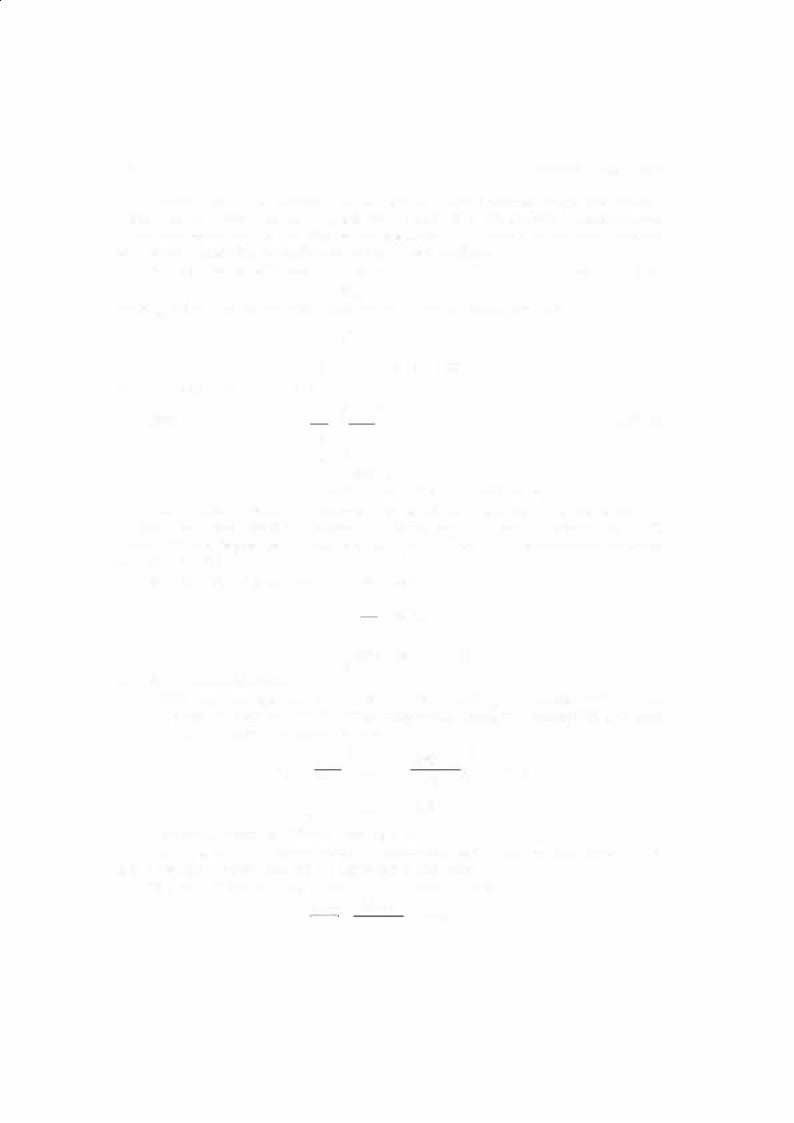
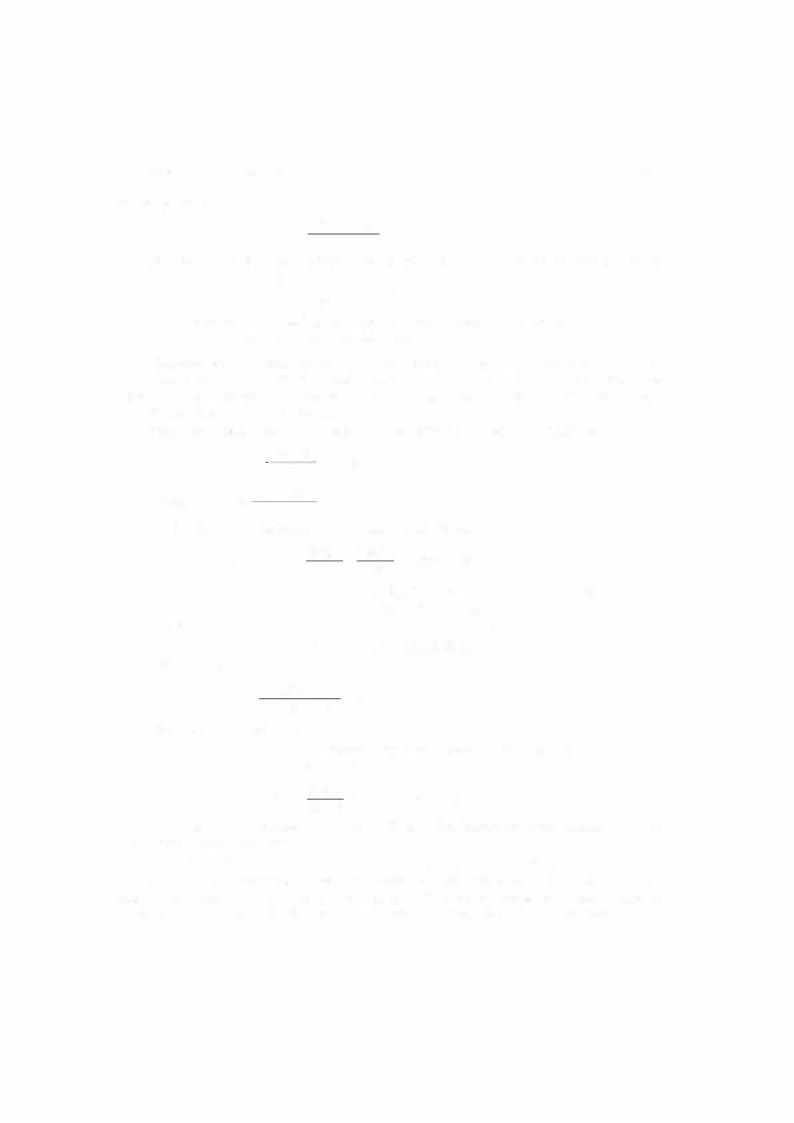
THREE-PHASE INDUCTION MOTORS |
|
323 |
and hence the slip is |
|
|
s = |
1500 - 1440 |
= 0.04 |
|
1500 |
|
Sincethe powerdevelopedis 4000 watts and the slip is 0.04, the powerinput tothe rotoris |
||
4000 |
4000 |
|
1 - s = |
0.96 = 4167 watts |
|
-- -- |
|
|
Also the statorpower loss is givento be 320 watts hence, input to the stator is 4167 + 320 = 4487 watts. Ans.
Example 8.16. A 6-pole 3-phase 50 Hz motor develops mechanicalpower of40 hp and has mechanical loss of 1500 watts at a speed of 960 rpm when connected to 500 volts. The power factor is 0. 8 lag. Determine (i) rotor copper loss (ii) total input to stator if stator loss is 1800 watts (iii) the line current (iv) efficiency.
Solution. The synchronous speed of the motor for 6 pole and 50 Hz supply is
120 x 50
6
Hence the s1ip. is. 1000 - 960 = 0.04 1000
Mechanical power developed= 40 x 735.5 = 29420 Watt.
Power input to rotor |
= |
29420 |
= |
29420 |
= 30645.8 w |
1- s |
0.96 |
(i)Now since powerinput to rotor is 122R218, the rotor copper loss is s . 122R2/s = 122R2
=0.04 x 30645.8 = 1226 Watts.
(ii)Power input to stator = Power input to rotor + stator loss
=30646 + 1800 = 32446 Watts.
(iii)Hence the line current
J3 32446 = 46_8 A x 500 x 0.8
(iv)The output available at the shaft
=Mechanical power developed - Mechanical loss 294201500 = 27920 Watts
Hence |
% 11 = |
27920 |
x 100 = 86% Ans. |
32446 |
Example 8.17. A 3-phase 50 Hz 400 V, 25 hp, 4 pole induction motor has the following impedances referred to stator.
R1 = 0. 5 Q/phase, R2 = 0.35 Q, X1 = X2 = 1.2 Q, Xm = 25 Q.
The combined rotational losses (mechanical and core losses) amount to 800 W and are assumed to remain constant. For a rotor slip of 2.5% at rated voltage and rated frequency, determine (i) the motor speed (ii) the stator current (iii) the p.f and (iv) the efficiency.
